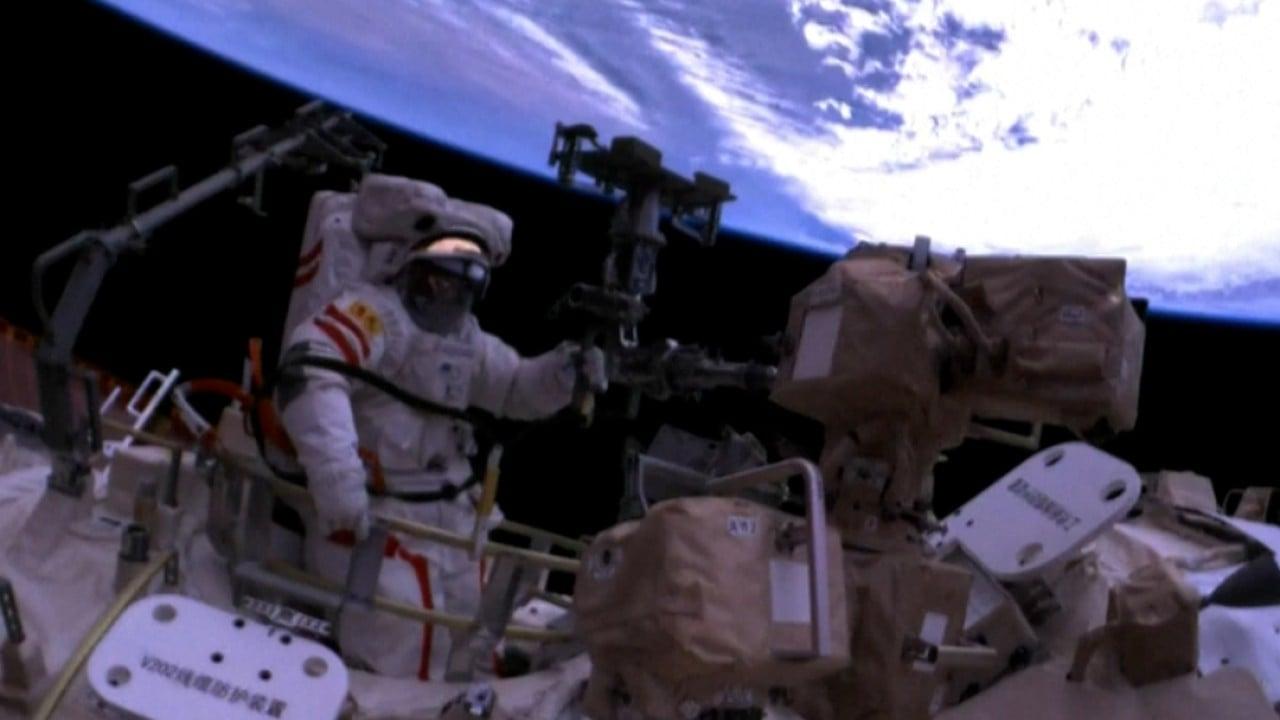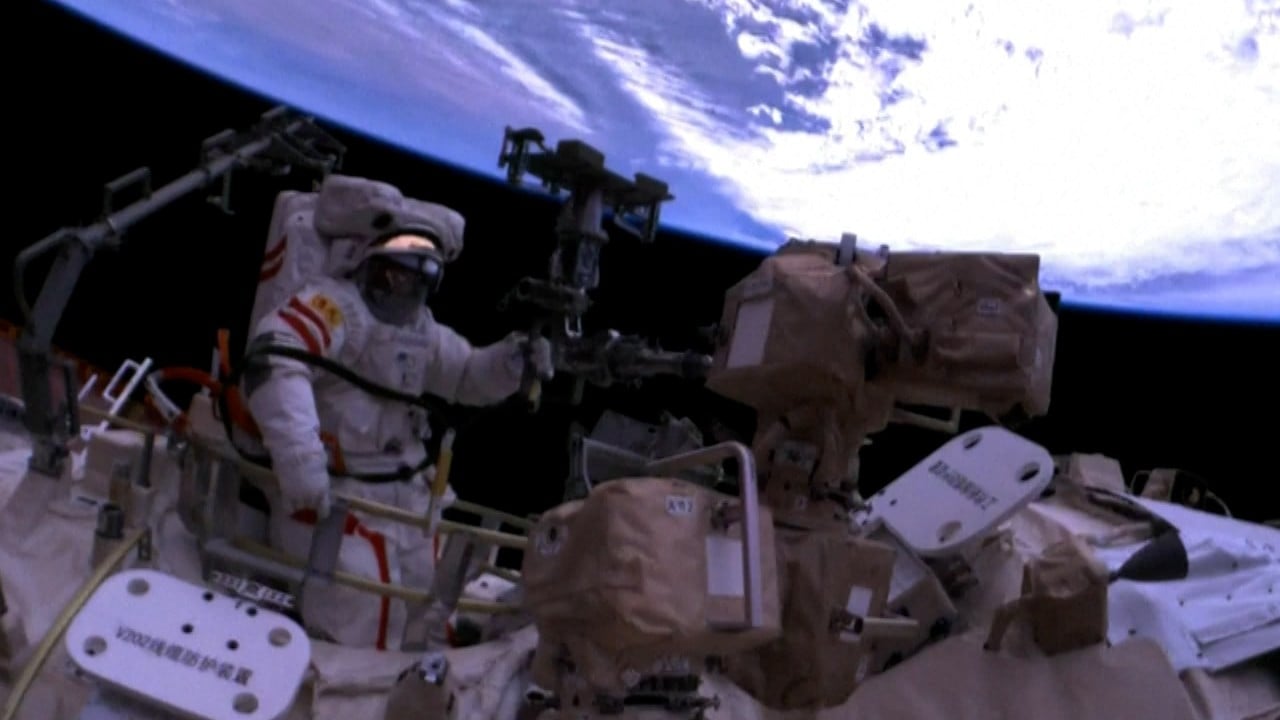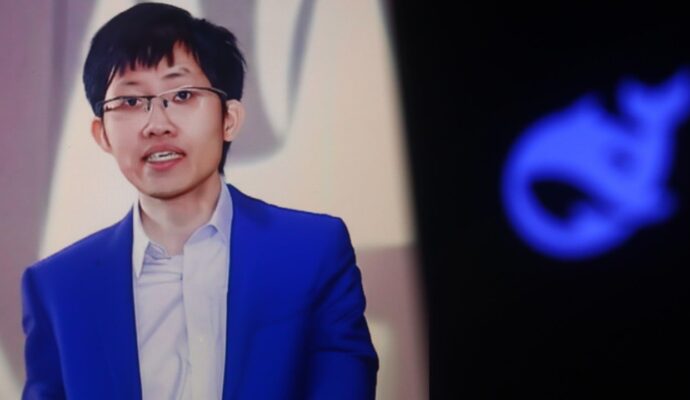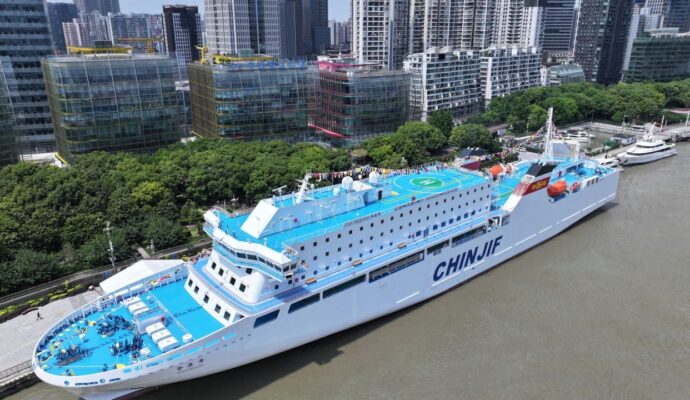
“This gift from China to France is proof of the strong friendship and partnership between our two countries,” said French geologist Thomas Smith, from the Institute of Geology and Geophysics, at the Chinese Academy of Sciences in Beijing.
“Chang’e 5 samples are the first material brought back from the moon after the Apollo and Luna missions. They represent the youngest-ever lunar soils brought back to Earth. Therefore, they are of high scientific value and give insights into the events that happened late in the moon’s history,” said Smith, who was the first foreign national to receive Chang’e-5 samples in 2021.
During the fifth mission of China’s Lunar Exploration Programme in 2020, the Chang’e-5 probe landed near Mons Rümker in the Ocean of Storms, a vast lunar mare on the northwest edge of the near side of the moon.
Laboratory analyses have shown that the samples are about 2 billion years old, much younger than the Apollo and Luna rocks, which are between 3 and 4.4 billion years old. The findings indicate that the moon still had active volcanoes 2 billion years ago – more recently than previously thought.
Since then, the samples have been extensively studied in Chinese labs. Five batches of samples, weighing a total 65.1g, have been distributed to nearly 100 teams at universities and research institutes across the country for analysis, according to Guan.
Several of the research teams are international, with collaborators from Australia, France, Germany, Greece, Japan, Russia, Sweden, Ukraine, the United Kingdom and the United States, among others. More than 60 papers have been published about the Chang’e-5 samples, Guan said.
Smith has received 400 milligrams (0.01 oz) of soil, as well as two tiny particles for study. He has used the samples to measure the concentrations of noble gases such as helium and neon, and to learn how the moon has been impacted by cosmic radiation, comet impacts, solar winds, and other factors over the aeons.
Gifting moon samples among countries has been a regular gesture of goodwill since the US Apollo missions delivered more than 380kg (838lbs) of lunar rocks and soil to Earth.
Before Chang’e-5, China only had 1g of Apollo 17 moon samples given by the US in 1978. Chinese scientists used half of it for research, while the other half was put on display at the Beijing Planetarium.
In 2021, then Nasa chief scientist Jim Green said the agency had no plans to exchange Apollo-era lunar samples with those returned by the Chang’e-5 mission due to US legal restrictions on bilateral cooperation between Nasa and Chinese organisations.
Guan said that China will begin accepting international applications for Chang’e-5 samples later this year.




